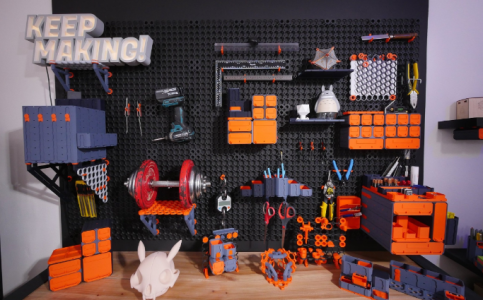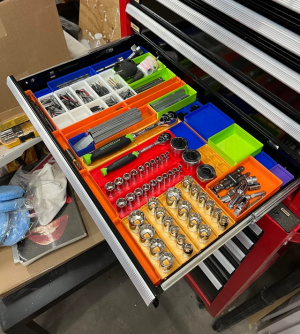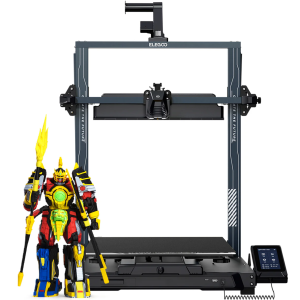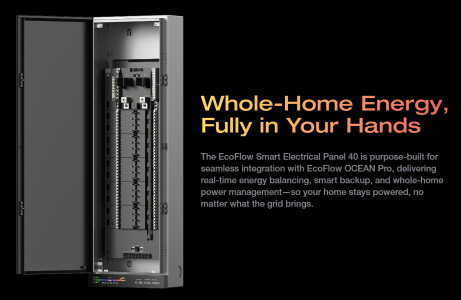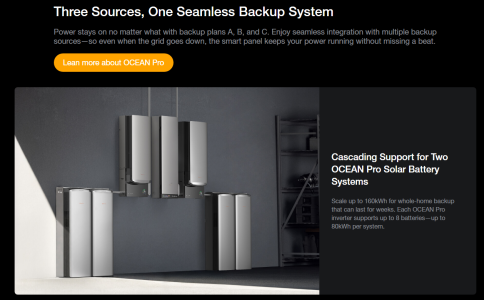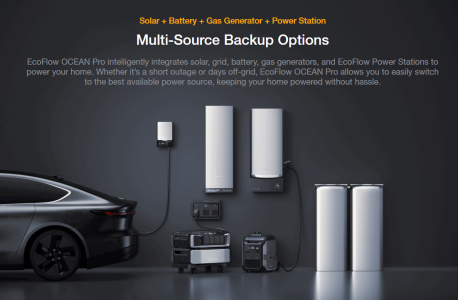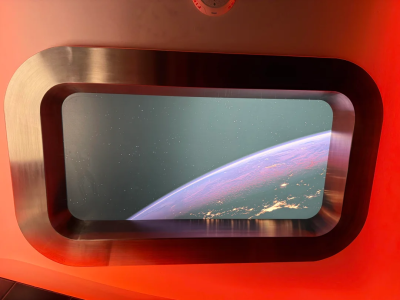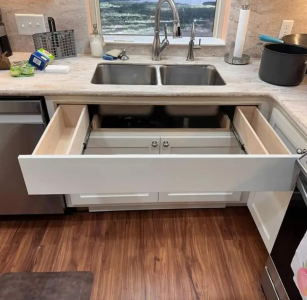- Feb 14, 2004
- 51,835
- 7,356
- 136
Magnesium oxide (or MgO) - a building alternative to drywall, subflooring, etc.:

 lbmjournal.com
lbmjournal.com
Vendors:
 www.magpanelmgo.com
www.magpanelmgo.com

 www.huberwood.com
www.huberwood.com
 www.magnumbp.com
www.magnumbp.com
PDF: What are MgO Structural Panels?




A building alternative to drywall, subflooring, and more
For most of the past 100 years, residential and commercial construction has relied on three main building products to form the sheathing and underlayment of our structures.
Vendors:
MagPanel MgO Board Benefits and Features
MagPanel MgO boards are greener and healthier alternative to plywood, fiber cement and gypsum-based building materials. Learn more about benefits and features of MgO Boards.

EXACOR® | Huber Engineered Woods
EXACOR® MgO panels install in less steps, in less time and with less mess — all while offering fire protection and sound dampening.
About | Magnum BP
Our mission is to provide high-performance, eco-friendly solutions that exceed industry standards for durability, safety, and sustainability. Learn more about our commitment to integrity, our cutting-edge technology, and how Magnum® BP is shaping the future of building materials for industrial...
 www.magnumbp.com
www.magnumbp.com
PDF: What are MgO Structural Panels?
Magnesium oxide is a compound made up of two magnesium molecules and two oxygen molecules. When oxygen is combined with the magnesium under heat and pressure, it produces a stone-like material—MgO. The MgO is then ground into powder and mixed with water and other materials, and then pressed into panels that are reinforced with layers of glass fiber mesh. The panels are similar to drywall or cement board, but MgO manufacturers say the product is stronger, fireproof, and more resistant to mold, mildew, moisture, and weather.
MgO boards can be used in many applications across both residential and commercial builds, including as fascia, soffit, tile backing, wall and ceiling surfacing, and underlayment. The panels are available in a variety of sizes, thicknesses, and properties that allow them to compete with traditional gypsum “drywall” boards, oriented strand boards, and plywood.



Last edited:



